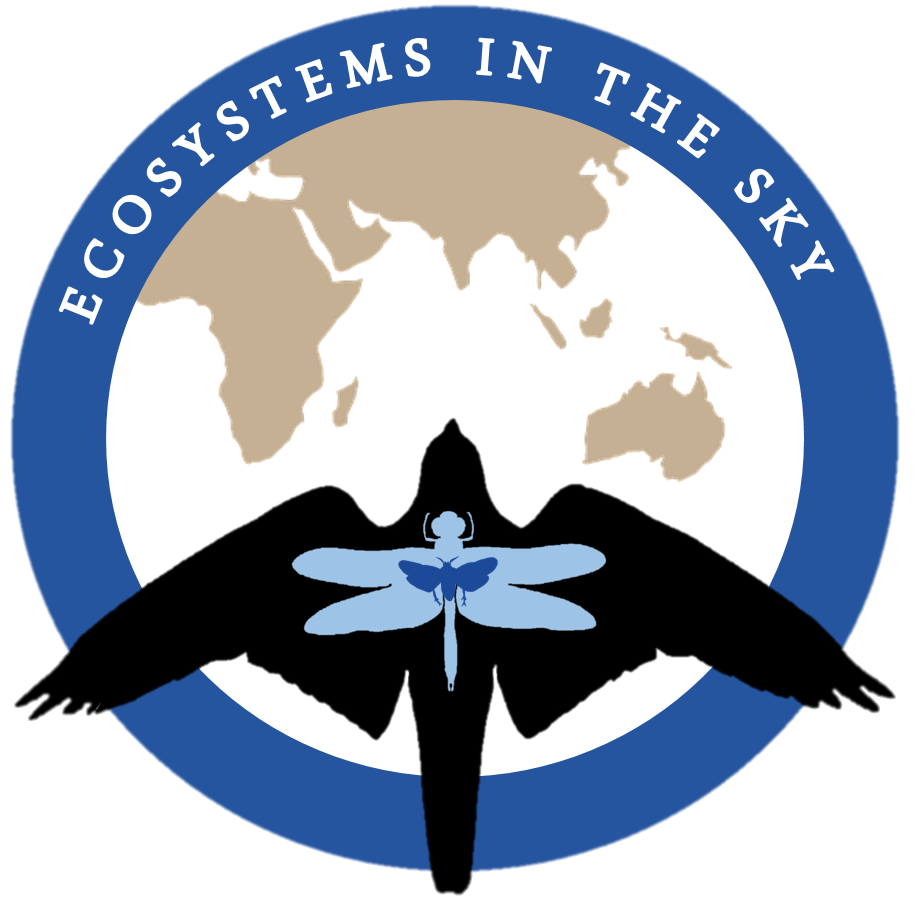Pantala updates !
First update:
A recent publication in Odonatologica reports on the first documented reproduction of Pantala flavescens in Europe.
Within its core range, which basically include all of the world’s tropics and large parts of North America, the globe skimmer is a common species. But in Europe, it has only been encountered sporadically, with most sightings centred around the Mediterranean. However, these sightings do not include breeding individuals, nymphs or exuviae (moulted skins of emerged adults).
World distribution of Pantala flavescens in green
It has been suggested that the Sahara constitutes a barrier for dispersal from Africa and the south. But a large number of other African dragonfly species are extending their range into Europe, so the basis for the hypothesis seems weak. As the globe skimmer is common east of Europe, in Asia, dispersal from this direction should also be possible. Many sightings are reported in Turkey, but so far, no major dispersal event further west into continental Europe seems to be occurring. Wildermuth & Martens (2019) suggest that it is the infrequent occurrence of humid air currents from the tropics, ie the lack of an aerial motorway of the sort that enable their migration over the Indian Ocean (learn more here), that can account for the species’ rarity in Europe.
But now, it appears as though a first ever recorded European-bred Pantala flavescens individual is here!
André Günther’s photos of the site where the exuvia was found (Neupetershain, Lower Lusatia) and the exuvia itself
The author of the sighting, André Günther, reports:
“During an Odonata survey of the early post-mining landscape of Lower Lusatia (southeastern Brandenburg, Germany) on 06-vii-2019 the first record of P. flavescens for Germany had been made. A male of the species patrolled persistently over a small pond. Surprisingly, 42 days after the first record at the same site, there was a second record of an imago and also the discovery of an exuvia”
Records of Pantala flavescens in Europe (map modified from Buczyński et al 2016), with the new breeding record from Lower Lusatia in red
Second update
My personal first encounter with the globe skimmer also occurred in 2019!
During my visit to the Caribbean island of Bonaire in the Dutch Antilles (where I conducted a behavioural study on reef squid) I had the immense joy to FINALLY see one of my main study organisms alive (I have seen dead ones on the Natural History Museum)!
And it was not just once, or twice, but small flocks of globe skimmers congregated daily above the bushes and open grass patches along the beaches of the island. They were easy enough to catch with a hand held net, and just before releasing them, I got some good pictures. They are very beautiful dragonflies!

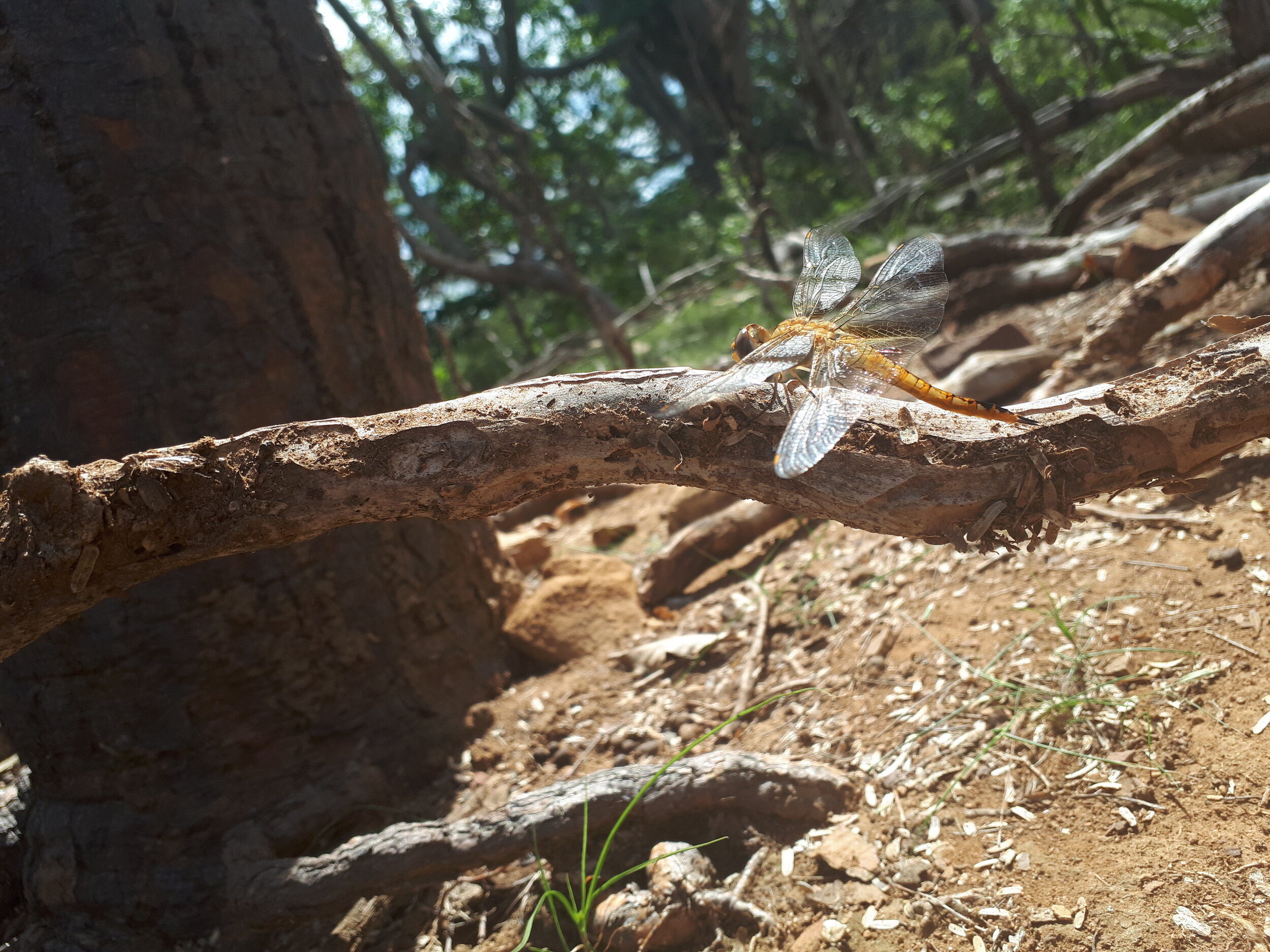
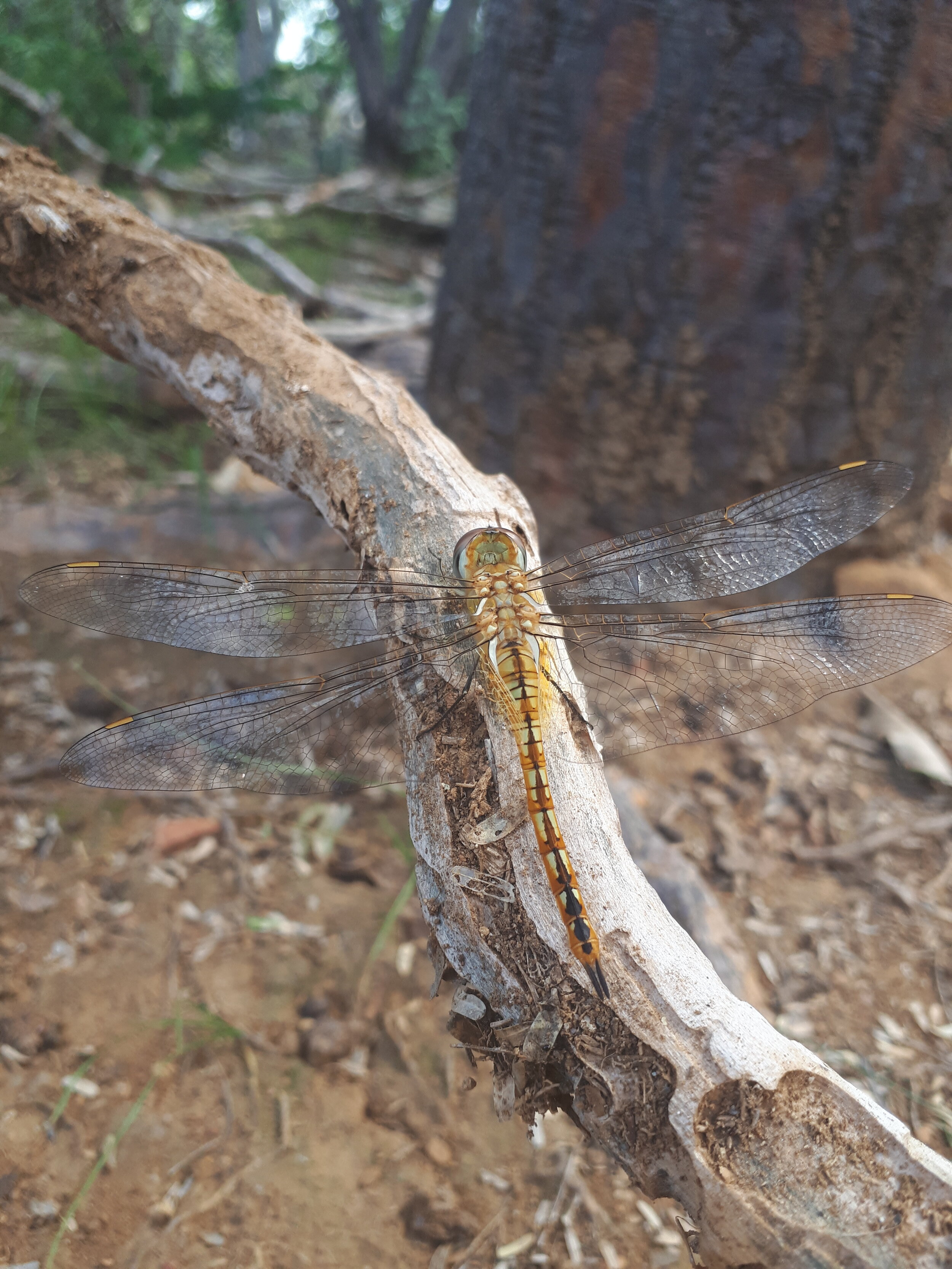
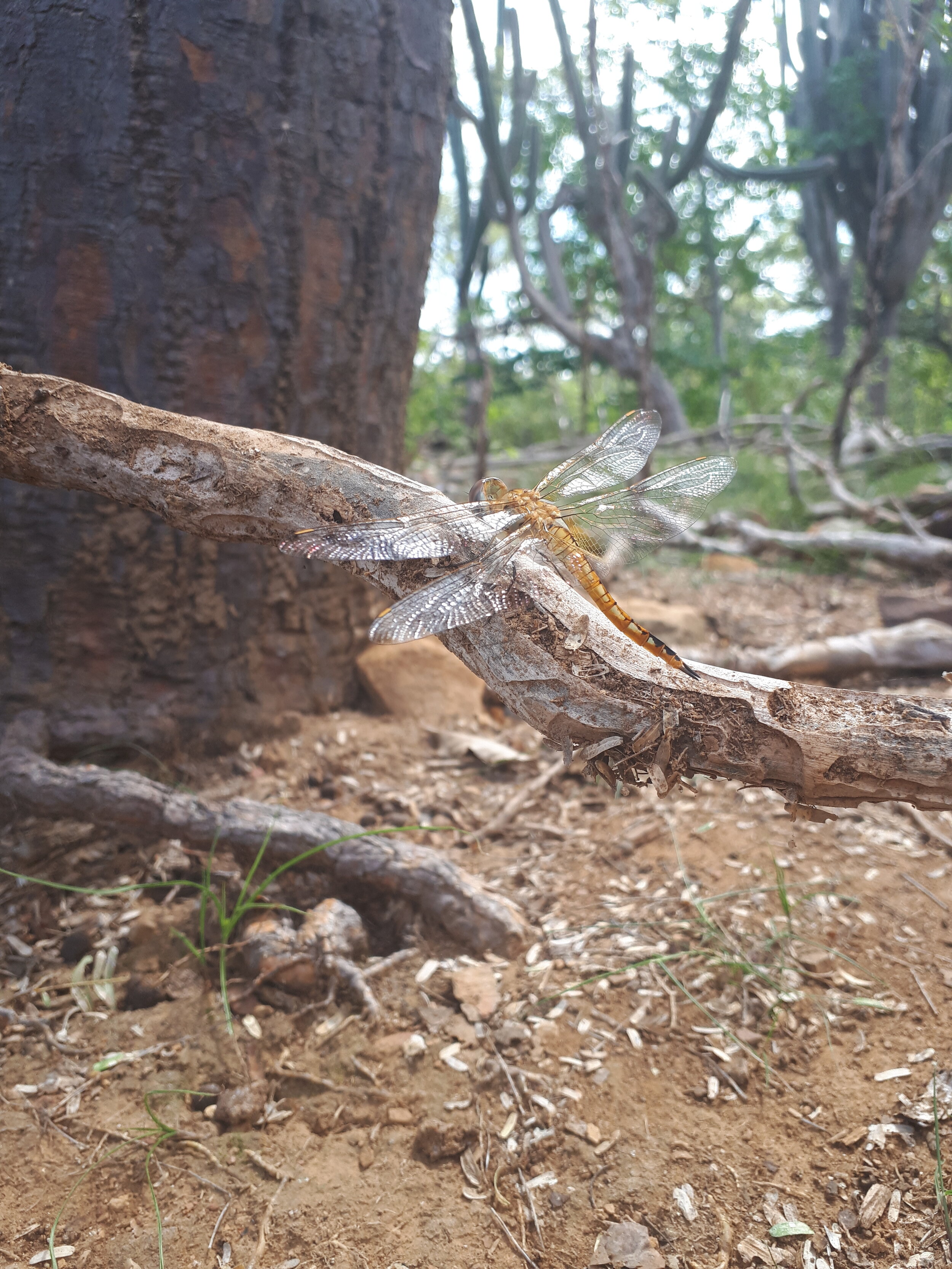

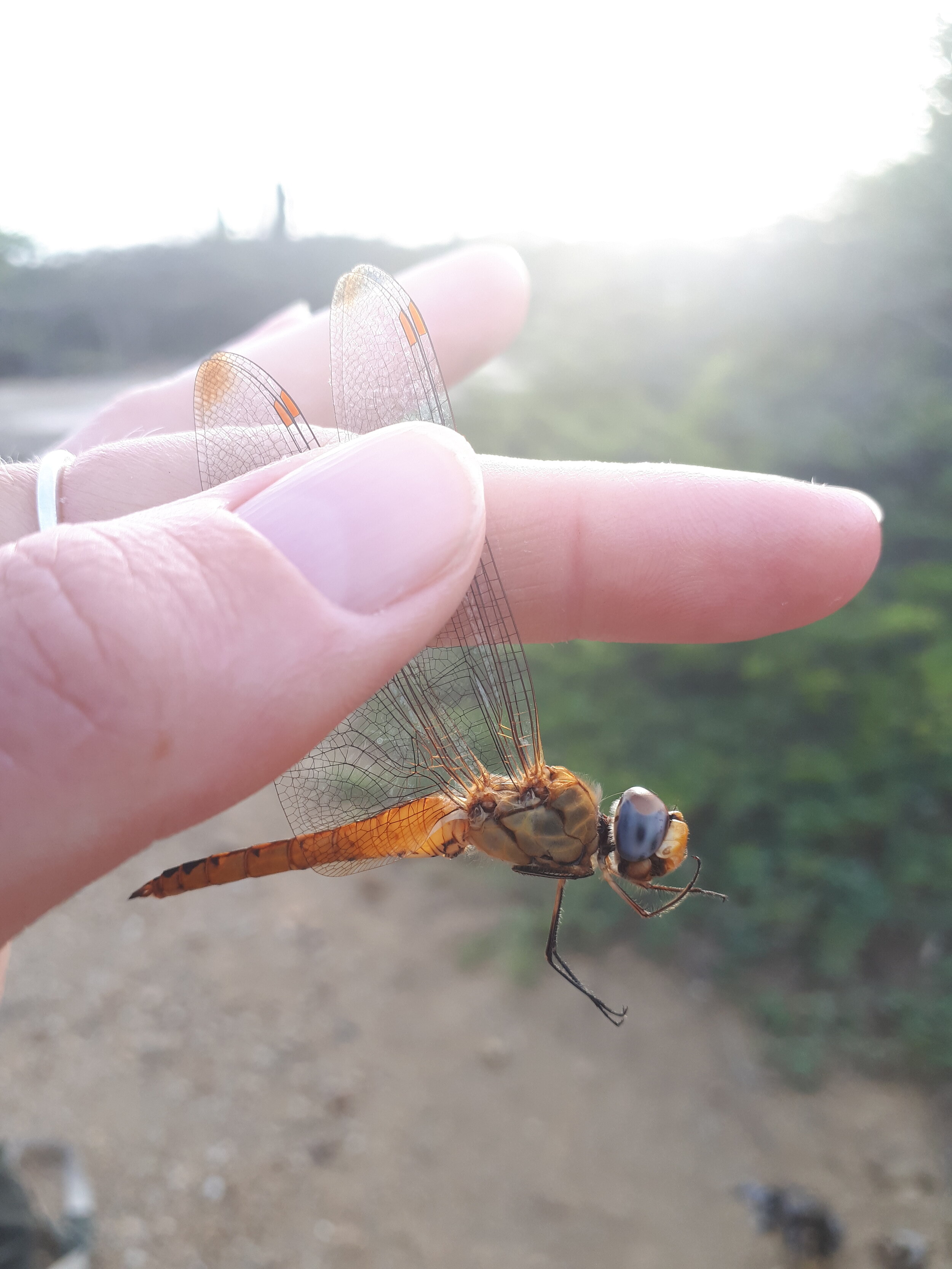
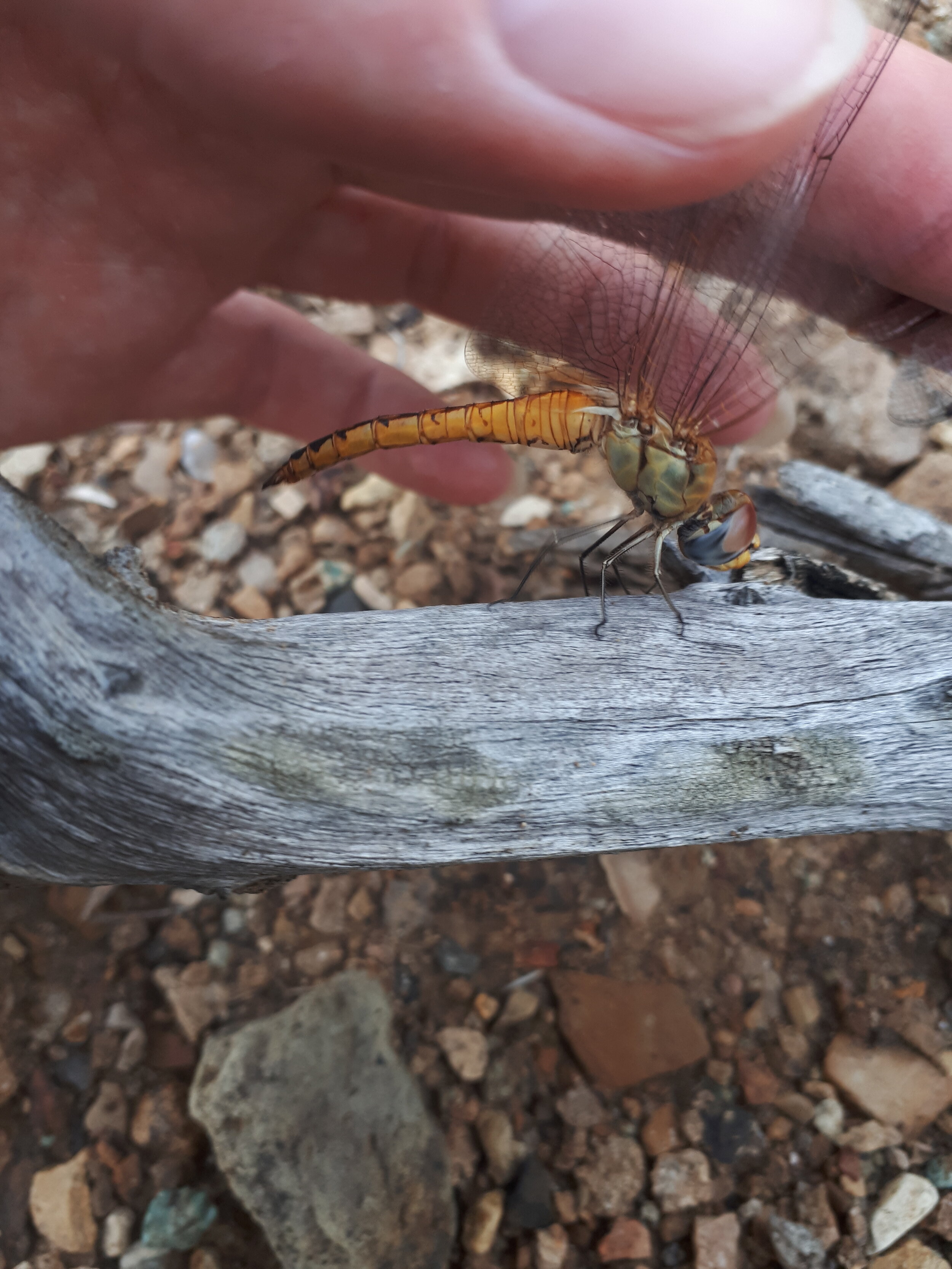
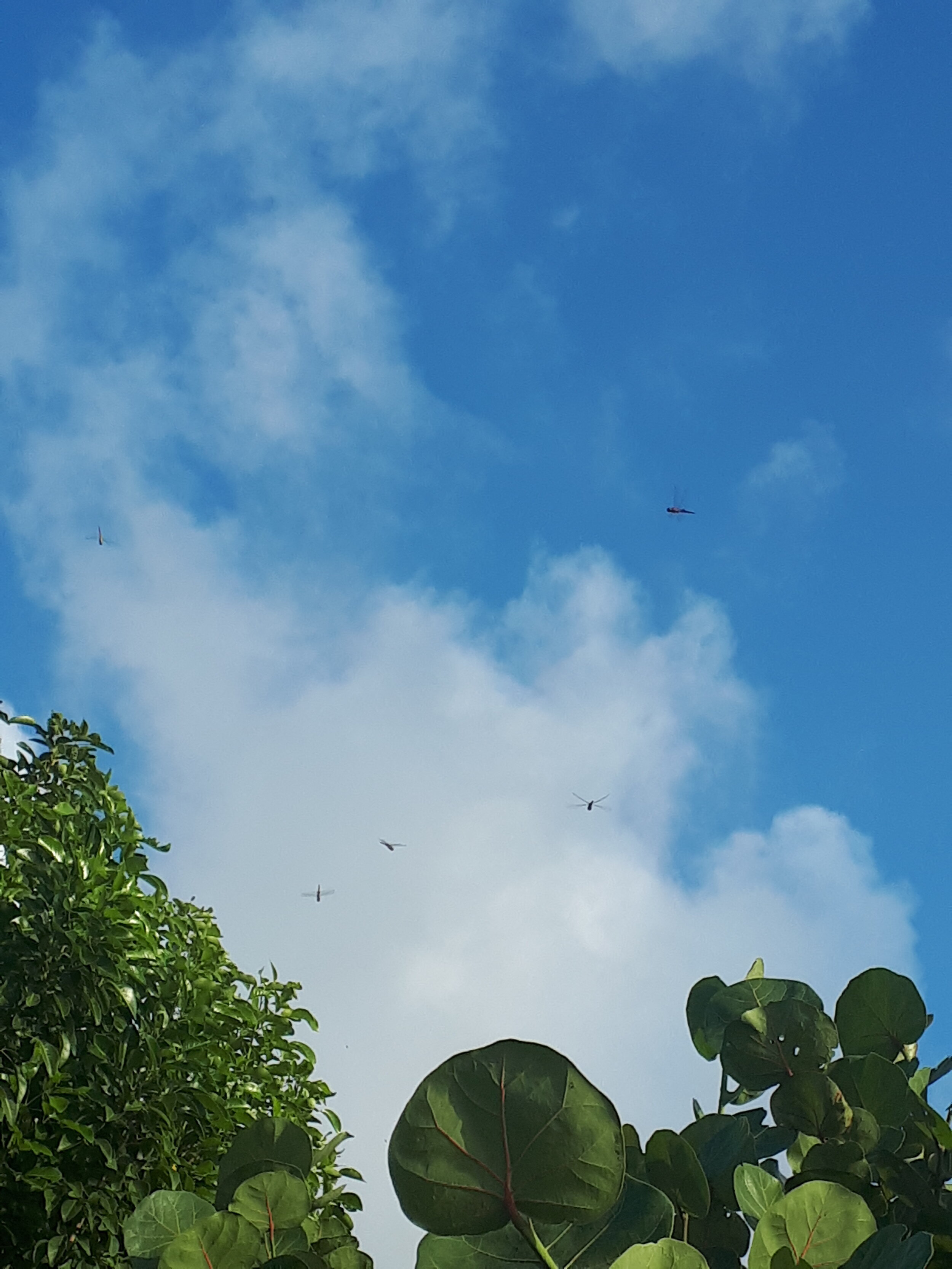
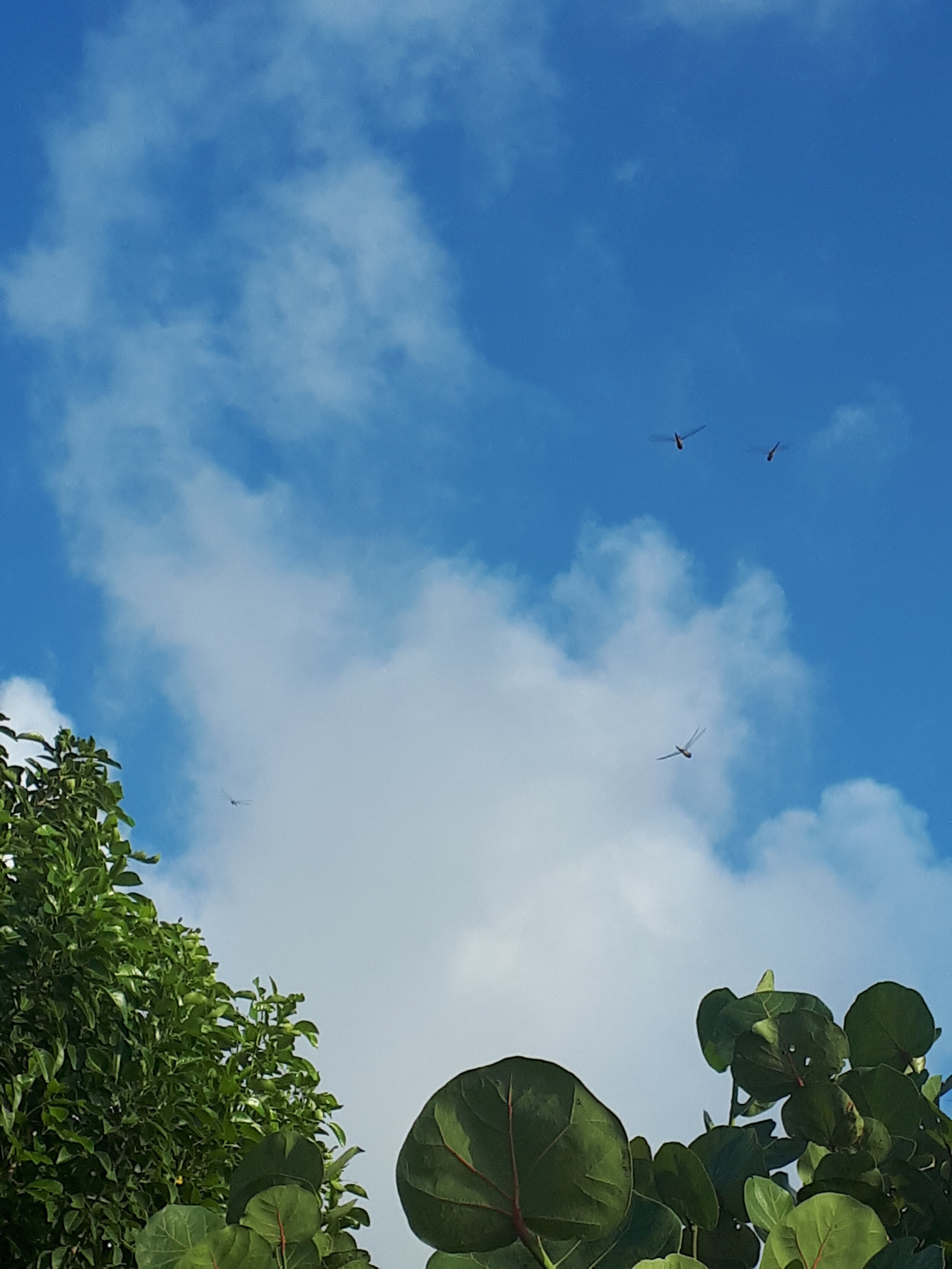
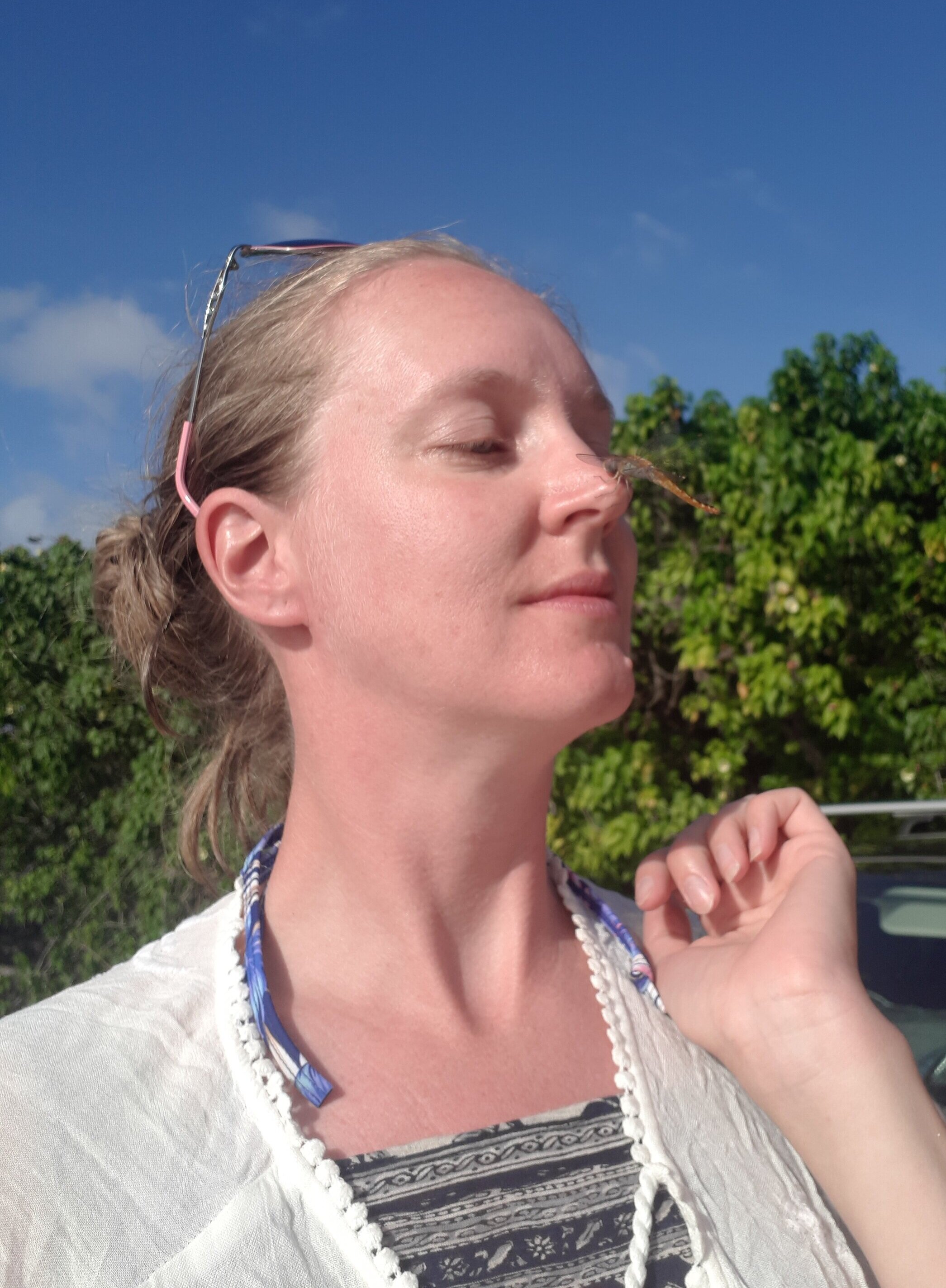
References
Buczyński et al (2016) From Southern Balkans to Western Russia: Do First Polish Records of Pantala flavescens (Fabricius, 1798) (Odonata: Libellulidae) Indicate a Migration Route? J. Entomol. Res. Soc., 21(1): 11-16 http://www.entomol.org/journal/index.php/JERS/article/view/1377
Günther (2019) Successful breeding by Pantala flavescens in Germany (Odonata: Libellulidae). Odonatologica 48(3/4):203-210 Link to the download on ResearchGate
Wildermuth & Martens (2019) Die Libellen Europas. Alle Arten von den Azoren zum Ural. Quelle & Meyer, Wiebelsheim
